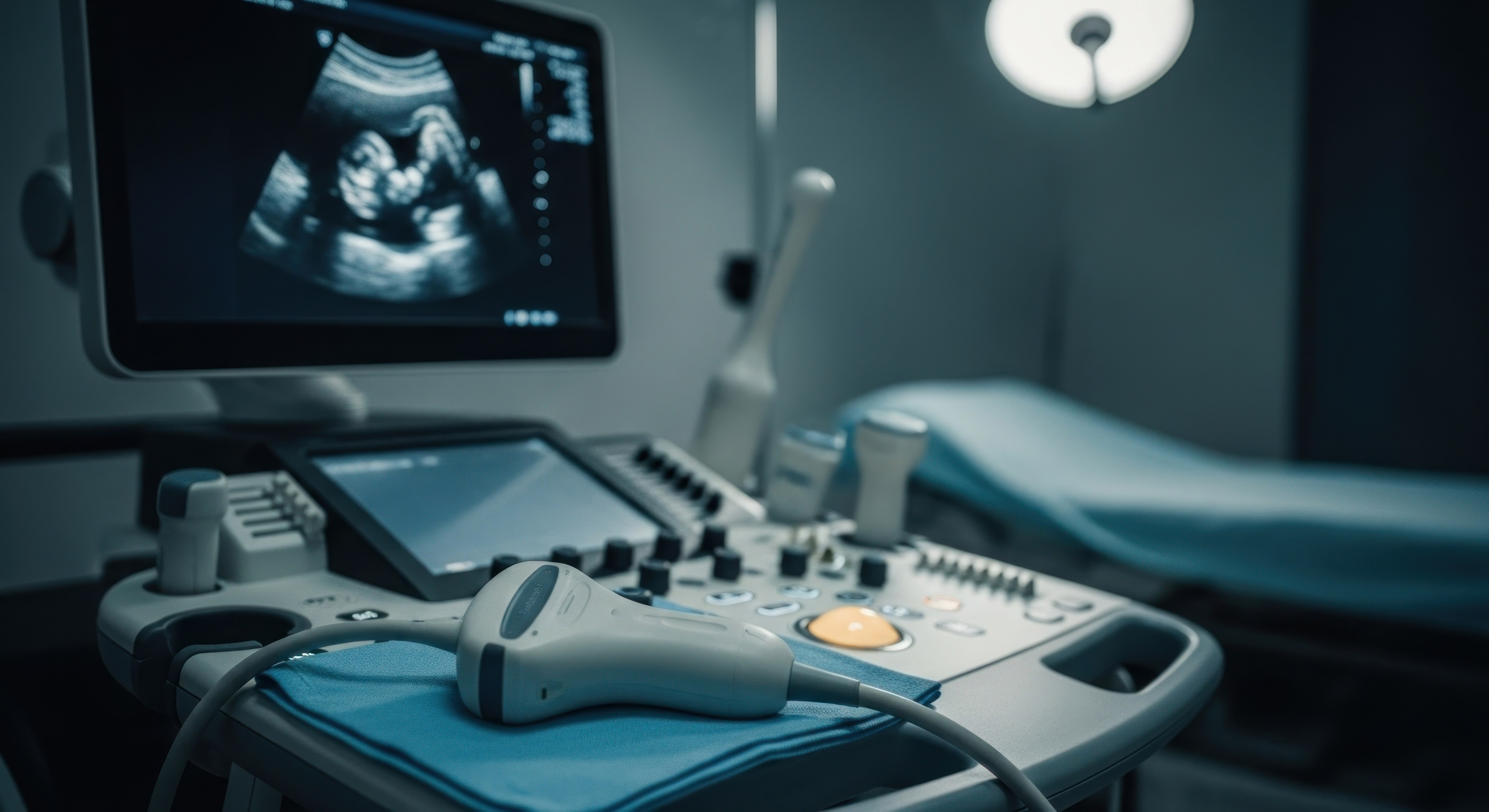Dado que la luz UV-C es indetectable, a menudo se añade color (por ejemplo, con lámparas LED) a la radiación UV-C para que se pueda ver que hay una lámpara UV-C encendida. Esto se hace en parte para evitar que el usuario se exponga a la luz UV-C nociva. Además de las lámparas LED para ver si una lámpara UV-C está encendida, también se puede comprobar la presencia y eficacia de la radiación UV-C de otras formas, concretamente con medidores de luz.
Es importante que la luz UV-C alcance toda la superficie de la zona a desinfectar. También es muy importante para los hospitales, instituciones sanitarias y laboratorios que se alcancen los valores de desinfección correctos, para garantizar la seguridad de su personal y sus pacientes. Si un desinfectante UV-C no alcanza los valores correctos, pueden surgir problemas importantes. Tanto el alcance como los valores de un dispositivo UV-C pueden medirse con medidores de luz. En este artículo explicaremos qué medidores de luz UV-C pueden utilizarse para detectar la presencia de radiación UV-C en los dispositivos de desinfección.
Cómo medir la luz UV-C con un radiómetro
La luz UV-C no puede verse a simple vista. Con medidores especiales, como un radiómetro, es posible controlar la luz UV-C que no es visible. Los radiómetros son aparatos que miden la radiación térmica y, por tanto, la luz UV-C. Los principales componentes del radiómetro (figura 1) son el sensor UV-C y la pantalla. El sensor UV-C consta de un receptor que detecta las propiedades de la luz UV-C y las convierte en un valor numérico. Este valor se hace visible en la pantalla. El valor numérico puede ser la irradiancia UV-C o la dosis. Existen dos tipos diferentes de unidades que expresan la irradiación UV-C.
- Irradiación, en vatios por superficie (W/m2): La radiación UV-C está presente si se controla la potencia de la radiación. Esta potencia suele describirse como irradiación y puede utilizarse para calcular la dosis de UV-C.
- Dosis por superficie (Joule/m2): La dosis de UV-C es la cantidad total de UV-C absorbida por una superficie en un tiempo determinado. Cuanto mayor sea la dosis medida, más eficaz será la radiación UV-C y, por tanto, más activo será el proceso de desinfección.
Es importante medir el valor correcto. La eficacia de la luz UV-C depende de la combinación del tiempo de exposición, el nivel de radiación y la distancia. Esta combinación garantiza que se consiga la reducción logarítmica correcta, es decir, en qué medida un proceso de descontaminación reduce la concentración de un contaminante. Para lograr una reducción de diversas bacterias o virus, debe administrarse una dosis mínima especificada de luz UV-C durante el proceso de desinfección. Más información en ¿Qué es la reducción logarítmica y para qué se utiliza?.
Los sensores deben colocarse cerca de las lámparas UV-C para realizar un control adecuado. De este modo se obtienen resultados de medición precisos.
No obstante, es importante que se introduzcan los ajustes correctos en el radiómetro. Un radiómetro UV-C diseñado para medir UV-C a una longitud de onda de 254 nm (luz UV-C) no podrá detectar correctamente la luz de otras fuentes UV-C como UV-C LED, UV-C lejano o UV-C de xenón pulsado. Las fuentes como la iluminación LED UV-C tienen una longitud de onda que no es de 254 nm. Por lo tanto, es fundamental seleccionar el equipo o los ajustes adecuados.
Cómomedir la luz UV-C con un indicador de dosis (dosímetro)
Los indicadores de dosis de UV-C se utilizan para comprobar si se puede alcanzar la dosis correcta de UV-C. Los indicadores de dosis (también denominados "dosímetros") son una especie de pegatinas. Permiten ver si la luz UV-C llega donde se desea que llegue y, por tanto, comprobar si todo el producto o superficie se desinfectará correctamente. Si tiene dudas sobre si llegará a una zona concreta, por ejemplo debido a las sombras (lea este artículo)puede utilizar estas pegatinas para realizar una prueba. Si se activa el ciclo de desinfección, el material del indicador de dosis quedará expuesto a la radiación UV-C.
Dependiendo de la cantidad de energía a la que se exponga el indicador, el color de la pegatina cambiará. A continuación, se puede analizar el color de la etiqueta. Por ejemplo, con algunas marcas, si una etiqueta se vuelve amarilla, significa que no se ha medido la luz UV-C, mientras que una etiqueta roja significa que sí se ha medido la luz UV-C. En otras palabras, el color de la pegatina cambiará si ésta ha sido "tocada" por la luz UV-C. Esta es una forma fácil y rápida de comprobar si la luz UV-C llega a todos los lugares necesarios.
Una desventaja de los dosímetros es que las pegatinas pueden cambiar de color debido a la exposición a otras fuentes de luz, por ejemplo, la luz solar habitual, incluso cuando no están expuestos directamente a los rayos UV-C. Por lo tanto, los dosímetros UV-C deben guardarse en un lugar oscuro cuando no se utilicen.
Elegir el medidor de luz UV-C adecuado
Puede que ahora se esté preguntando qué tipo de medidor de luz UV-C elegir. Una gran ventaja de los radiómetros es que proporcionan resultados de medición cualitativos y precisos. Miden tanto la irradiación como la dosis. Los resultados de la medición pueden utilizarse en un gráfico para fines de investigación. UV Smart recomienda el uso de radiómetros UV-C si desea realizar una investigación sobre la potencia y la eficacia de la radiación UV-C.
Los dosímetros, en cambio, pueden utilizarse para mediciones cuantitativas. Sólo permiten comprobar si una dosis de UV-C se ha medido realmente. Esto es extremadamente útil si, por ejemplo, se utiliza un robot UV-C para desinfectar una zona, ya que se puede ver de inmediato dónde puede llegar el robot y dónde no. Incluso si hay agujeros en el objeto que se va a desinfectar, se puede comprobar si la luz UV-C llega a esos agujeros. Los dosímetros suelen ser precisos y muy fáciles de leer. Por este motivo, UV Smart recomienda utilizar dosímetros cuando desee detectar la presencia de UV-C de forma fácil y rápida.
Si desea saber más sobre la luz UV-C, no deje de leer Cómo utilizar la luz UV-C con seguridad'.







.jpg)
